
An analysis of the EARLYSTIM study data has suggested that the 39-item Parkinson’s Disease Questionnaire summary index may be predictive of the future outcomes of subthalamic deep brain stimulation.

An analysis of the EARLYSTIM study data has suggested that the 39-item Parkinson’s Disease Questionnaire summary index may be predictive of the future outcomes of subthalamic deep brain stimulation.

Ned Sharpless, MD, the director of the National Cancer Institute, has been named to the position of acting FDA Commissioner. The announcement was made just a week after the current commissioner, Scott Gottlieb, MD, announced his plans to resign in early April.
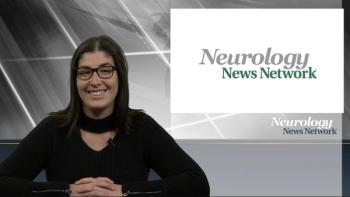
Neurology News Network for the week of March 9, 2019.

The pediatric critical care medicine attending physician in the Department of Anesthesiology and Critical Care Medicine at the Children’s Hospital of Philadelphia spoke about how physicians can better address brain death in pediatric patients.
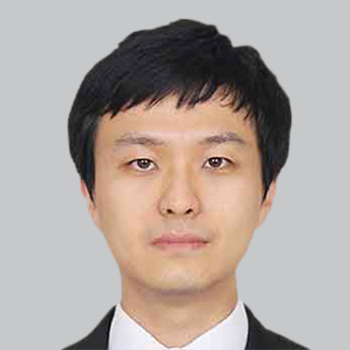
Investigators concluded that the findings are suggestive of a link between faster cognitive decline, especially frontal lobe dysfunction, in patients with Parkinson who develop levodopa-induced dyskinesia.
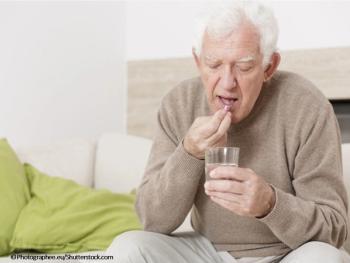
Does early initiation of levodopa delay disease progression? Dutch researchers sought to confirm a neuroprotective effect suggested by a previous trial.
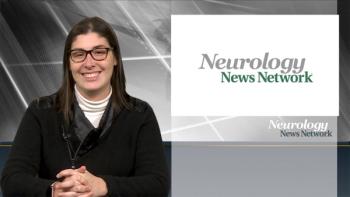
Neurology News Network for the week of February 23, 2019.
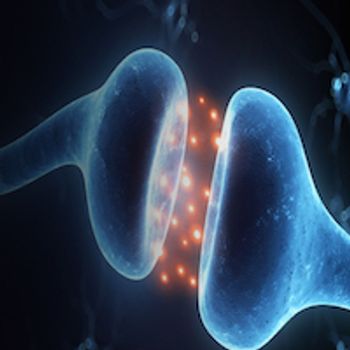
More recently, investigators have discovered that catechol-O-methyltransferase inhibitors can prolong the effects of levodopa, thereby limiting the off-time phenomenon.

A patient believes excessive gaming is his way to mask his depression, but it may be a result of something else.
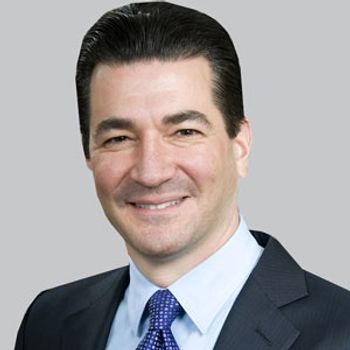
A joint statement from the FDA commissioner and the director of the agency’s Center for Biologics Evaluation and Research noted the product is being offered at a variety of establishments as a treatment for conditions for which its benefits are unproven.

A new investigation has suggested that the Magnetic Resonance Parkinsonism Index 2.0 can accurately predict the clinical evolution toward a progressive supranuclear palsy-parkinsonism phenotype, differentiating it from Parkinson disease.

The framework consists of 2 documents that expand on the agency’s plans for its risk-based approach for describing drugs, devices, and biologics, including those designated as regenerative medicine advanced therapies.
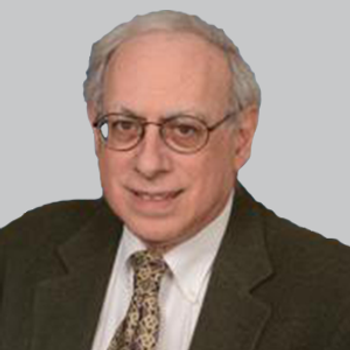
In addition to tremor-dominant Parkinson disease and essential tremor, focused ultrasound has the potential to be used in a number of conditions, according to the chief of the Neurology Service at the Maryland VA Health Care System.

Neurology News Network for the week of February 14, 2019.

The professor of neurology and chief of the Neurology Service at the Maryland VA Health Care System spoke about the impact focused ultrasound has had in the treatment of tremor-dominant Parkinson disease.

Using BioAscent’s Compound Cloud library, researchers at the ALBORADA Drug Discovery Institute identified more than 900 potential candidates, which the institute is now testing in vivo.
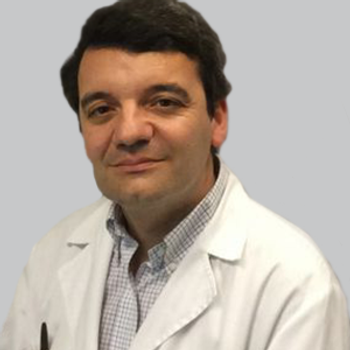
The authors concluded that when DBS is insufficient to manage motor symptoms, apomorphine, whether alone or in combination with DBS, is a good choice to improve the disease control.
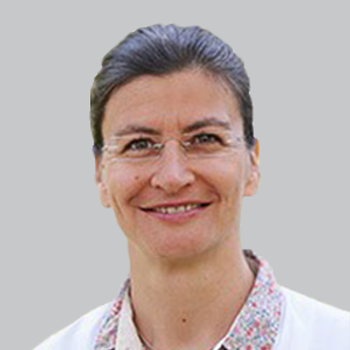
The results of this observational “real-world” study found that disease duration, but not age, at the time of the surgery was associated with the dementia risk.

The ELLDOPA trial results showed no significant difference with levodopa in combination with carbidopa between the patients who were treated early compared to those with delayed initiation.

According to physician-reported data, the wearable PKG device provided data which resulted in an alteration in Parkinson management for 32% of patients.

The David M. Levy Professor of Neurology and director of the Center for Health and Technology at the University of Rochester Medical Center spoke about the projection for the future and what could be done to mitigate it.

The regulatory agency determined that it was unable to approve the treatment in its present form, requesting additional information and analyses but no additional clinical studies.

The postgraduate epidemiology fellow at the Centers for Disease Control and Prevention discussed the data and what she and her colleagues found in their analyses of children with Tourette syndrome.

The associate professor of neurology and neuroscience at Weill Cornell Medicine spoke to the specifics of the trial as well as the investigators’ goals.

Axovant Sciences has announced that, in addition to receiving positive feedback from the FDA on its clinical development, it is expecting data from the first 2 patients dosed to read out in March 2019.